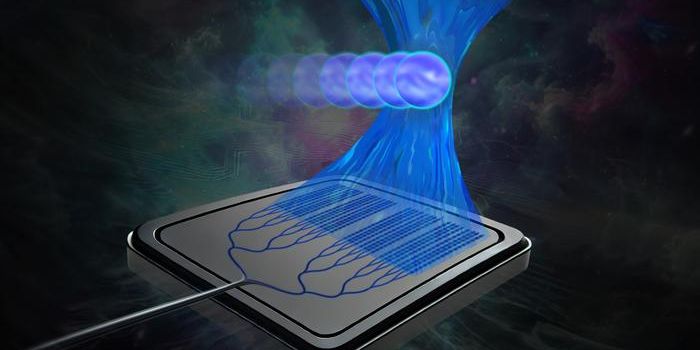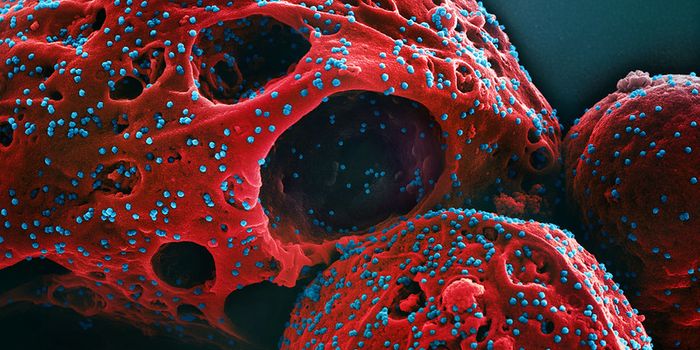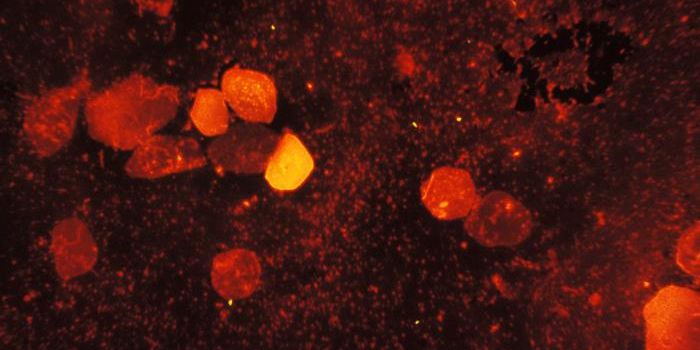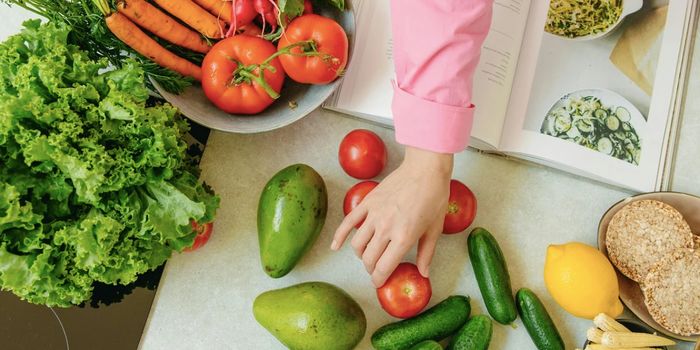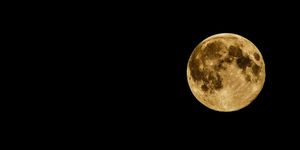To Maintain Diversity in the Microbiome, Wild Animals Need Their Natural Foods
Bacterial communities can be vital partners to many living organisms, from humans beings to the white-throated woodrat. For over twenty years, University of Utah Distinguished Professor Denise Dearing has been studying them, learning more about how they’ve adapted to their challenging desert habitat. Prickly pear cactus is one of their favorite foods, and their microbiome helps them break down the toxins in it and other poisonous plants.
Now postdoctoral fellow Rodolfo Martinez-Mota and colleagues in the Dearing lab at the School of Biological Sciences have found that when woodrats live in captivity and are given a laboratory diet, their well-adapted gut microbiome changes and loses diversity. A loss of microbial diversity has been associated with negative health impacts in a variety of studies.
"However, we did not know what specific factors caused major microbial changes in previous experiments, which limited our conclusions," Dearing said. They suspected that diet was involved.
"We found that these changes can be avoided by providing wild diets to captive animals. Our results also show that commercial diets are the main driver that induces microbial changes in captive rodents. We could hypothesize that the same applies to other captive animals," Martinez-Mota said. The findings have been reported in the International Society for Microbial Ecology Journal.
In this work, the researchers collected twelve woodrats and prickly pear cacti; half of the subjects received the cacti and half got a commercial rabbit chow.
"This dietary specialization and the feasibility to collect cacti in the natural habitat and recreate the wild diet in the laboratory provided the conditions to have the perfect animal model system to test our hypothesis," Dearing explained.
The wood rats that ate lab chow lost over a third of the bacterial species in their guts, including Bifidobacterium and Lactobacillus microbes. "Both bacterial genera are associated with detoxification of the plant toxins ingested by the woodrat," Martinez-Mota noted. "Thus, we could hypothesize that some functions of the woodrat core microbiome were compromised when animals fed on artificial diets."
Bacterial communities that were already well-established moved in to fill that void, and the researchers saw more Clostridiales, Ruminococcaceae, and Lachnospiraceae bacteria, which help digest nondigestible carbohydrates that are found in chow. The woodrats on chow did regain about ten percent of the lost diversity over a few weeks. But the group that ate cacti held on to about 90 percent of their original microbiome.
"People who maintain wild animals in captivity should supplement animal diets with food items that resemble food consumed in the wild," Martinez-Mota said. "If supplementing a diet with wild food is not possible, then food items with similar nutritional/chemical composition should be provided."
Learn more about how wild gut microbes can positively impact research animals from the video.
Sources: AAAS/Eurekalert! via University of Utah, International Society for Microbial Ecology Journal


